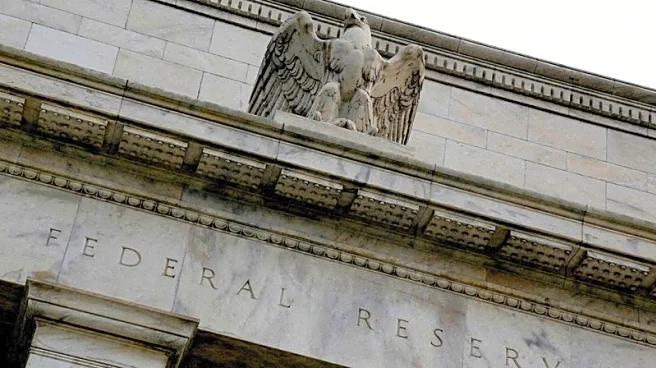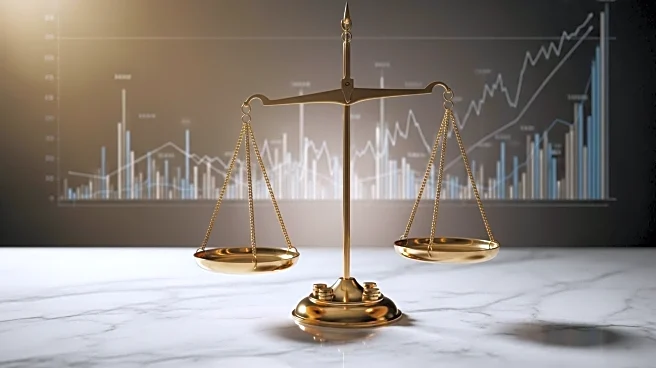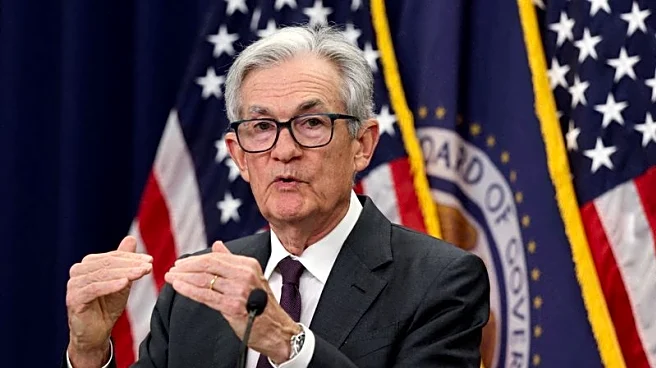What's Happening?
Inflation in the United States rose to 2.9% year-over-year in August, marking the highest rate since January, according to the Labor Department. This increase from the 2.7% annual rate in July highlights ongoing challenges in controlling inflation. The Federal Reserve is preparing for a meeting next week where it is expected to cut interest rates despite persistent price pressures. The rise in consumer prices, including gas, groceries, and airfares, has put the Fed in a difficult position as it balances inflation concerns with a slowing job market. The unemployment rate ticked up to 4.3% in August, and weekly unemployment claims rose sharply, indicating potential layoffs.
Why It's Important?
The acceleration of inflation presents significant challenges for the Federal Reserve as it navigates monetary policy decisions. Persistent inflation pressures could complicate efforts to stimulate economic growth through rate cuts, especially as the job market shows signs of weakening. The Fed's decision to potentially reduce borrowing costs is influenced by President Trump's pressure to cut rates, despite inflation remaining above the Fed's 2% target. This situation could impact various sectors, including retail and manufacturing, as businesses face higher costs due to tariffs and increased prices for imported goods. Consumers may experience higher prices for everyday items, affecting purchasing power and economic sentiment.
What's Next?
The Federal Reserve's upcoming meeting will be crucial in determining the trajectory of monetary policy. Economists predict that the Fed will begin a series of rate reductions to address the slowing labor market. However, the persistent inflation may limit the pace and extent of these cuts. Businesses and consumers are likely to monitor the Fed's actions closely, as they could influence economic conditions and financial markets. Additionally, the legal dispute over the firing of Fed governor Lisa Cook may continue to unfold, potentially affecting the Fed's governance and decision-making processes.
Beyond the Headlines
The inflation data arrives amid President Trump's efforts to exert more control over the Federal Reserve, including attempts to fire Fed governor Lisa Cook. A court ruling has temporarily blocked this action, allowing Cook to remain in her position while legal proceedings continue. This development highlights the political dimensions of monetary policy and the potential implications for the Fed's independence. The ongoing tariff disputes and their impact on prices also underscore the complex interplay between trade policy and domestic economic conditions.













